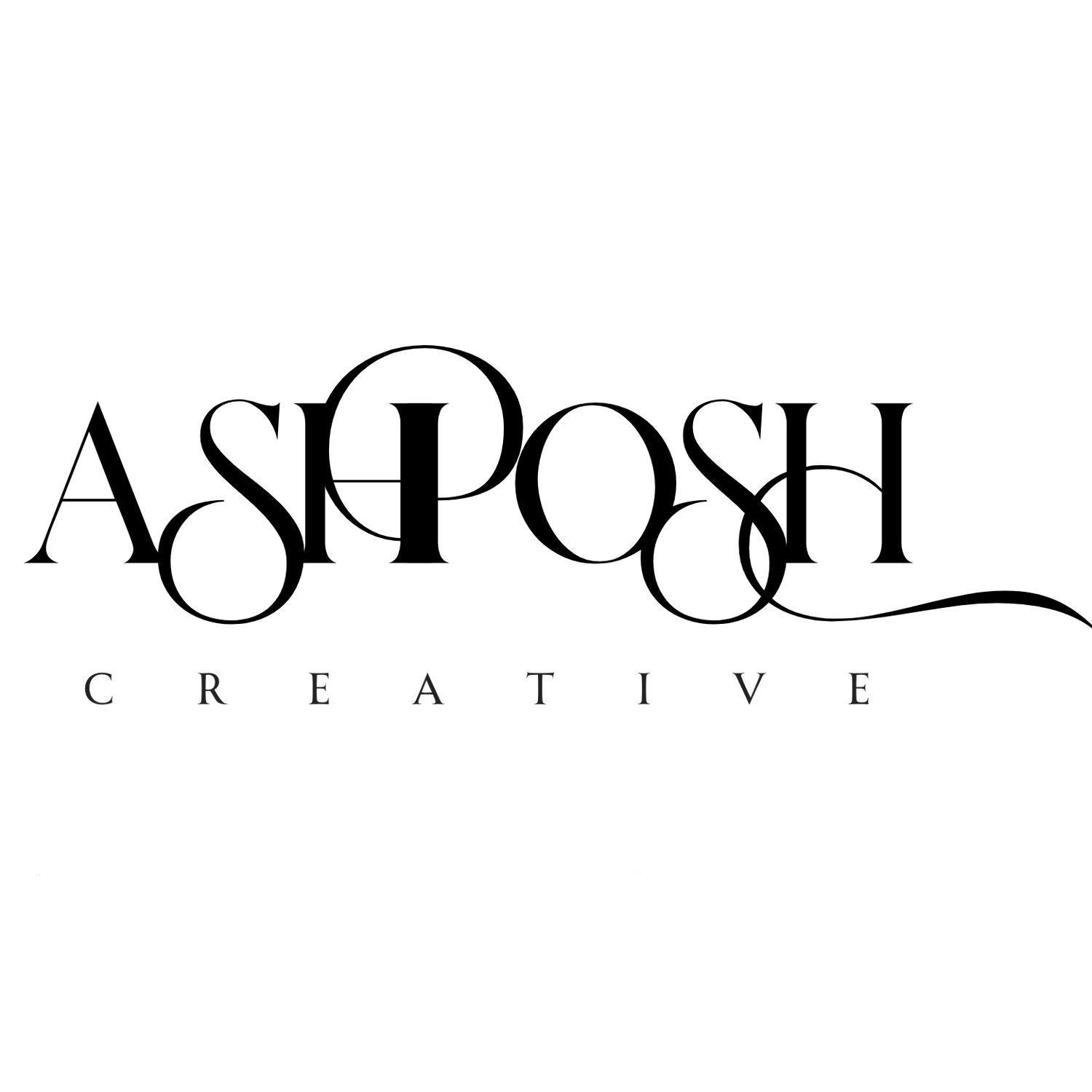Pros and Cons of Using YouTube for Brand Awareness
YouTube has become an increasingly popular platform for brands looking to build awareness and engage with their target audience. With over 2 billion monthly active users, it offers immense potential for reaching a global audience. However, like any marketing channel, it comes with its own set of advantages and challenges. Let’s explore the pros and cons of using YouTube for brand awareness.
Pros
Massive Reach and Engagement
YouTube’s vast user base provides brands with the opportunity to reach a wide audience. Videos can go viral, exponentially increasing brand visibility. For example, Blendtec’s “Will It Blend?” series, which showcased their blenders destroying various objects, garnered millions of views and significantly boosted brand recognition.
Visual Storytelling
Video content allows brands to tell their story in a more engaging and memorable way. Dollar Shave Club’s launch video is a prime example, using humor and personality to introduce their brand and product, resulting in explosive growth.
SEO Benefits
YouTube videos often appear in Google search results, increasing a brand’s overall online visibility. Red Bull has effectively leveraged this by creating action sports content that ranks well for related search terms.
Long-Term Value
Unlike fleeting social media posts, YouTube videos can continue to generate views and engagement long after they’re published. GoPro’s user-generated content strategy has created a library of evergreen videos showcasing their products in action.
Cons
High Production Costs
Creating high-quality video content can be expensive, especially for smaller brands. While companies like Apple invest heavily in cinematic product videos, not all businesses have such resources.
Algorithm Challenges
YouTube’s algorithm can be unpredictable, making it difficult to ensure consistent visibility. Even established channels like Veritasium have discussed the challenges of navigating algorithm changes.
Intense Competition
With 500 hours of content uploaded every minute, standing out on YouTube is increasingly difficult. Brands must compete not just with other companies, but also with individual content creators and influencers.
Potential for Negative Feedback
The public nature of YouTube comments can lead to visible negative feedback. For instance, Pepsi faced backlash in the comments of their controversial Kendall Jenner ad, amplifying the negative press.
Successful Brand Examples
Nike: Their “Dream Crazier” campaign featuring Serena Williams garnered millions of views and sparked conversations about women in sports.
Lego: The brand has successfully created a variety of content, from product showcases to stop-motion movies, engaging both children and adults.
Airbnb: Their “Made Possible by Hosts” series effectively showcases unique travel experiences, aligning perfectly with their brand mission.
Challenges Faced
Even successful brands face challenges on YouTube:
Content Consistency: Maintaining a regular upload schedule while ensuring quality can be demanding.
Adapting to Trends: Brands must stay agile to capitalize on trending topics without compromising their brand identity.
Measuring ROI: While views and engagement are easily trackable, connecting these metrics to actual sales or brand lift can be complex.
YouTube offers significant potential for building brand awareness, but success requires a strategic approach. Brands must weigh the platform’s extensive reach and engagement opportunities against the resources required for consistent, high-quality content creation. By understanding YouTube’s algorithm, creating valuable content, and engaging authentically with their audience, brands can effectively leverage the platform to boost their visibility and connect with consumers in meaningful ways.

